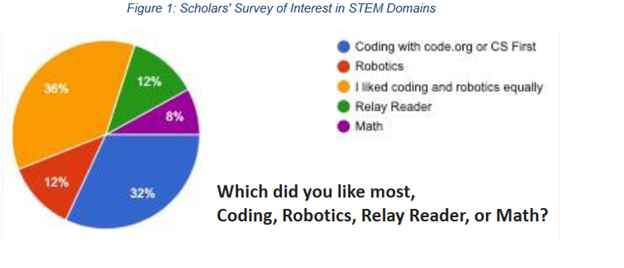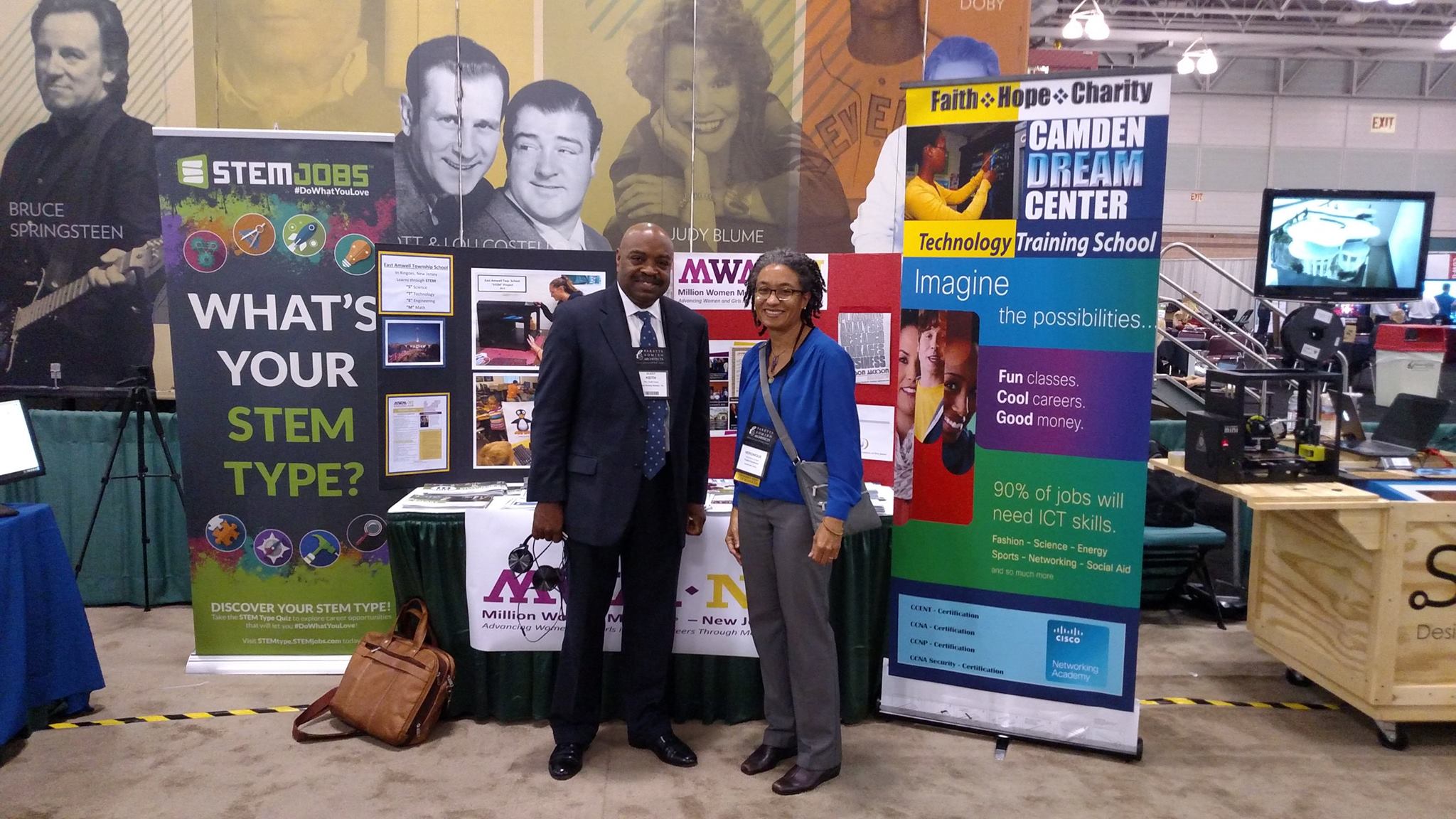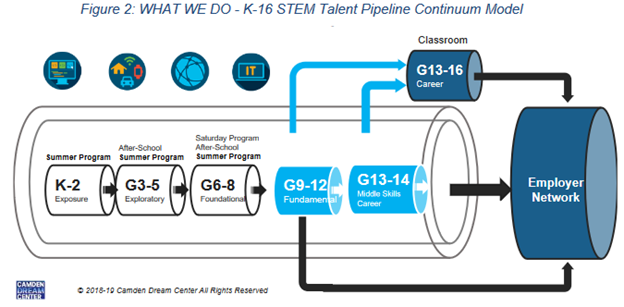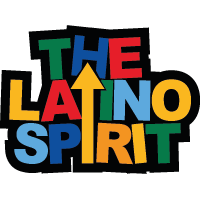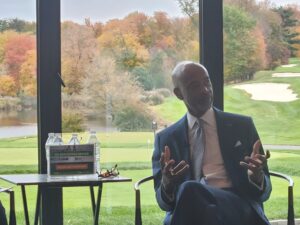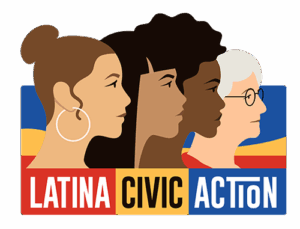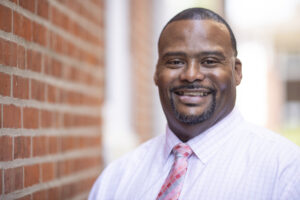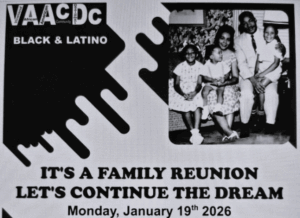Camden Dream Center Turns STEM Field Into Reality for Minority Students
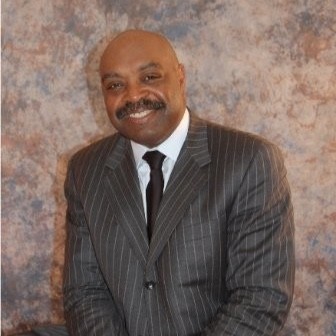
BY CLYDE HUGHES | AC JosepH Media
CAMDEN — Some may not think of Camden as a place that is changing the way the technology field looks, but Pastor Keith Davis of the Camden Dream Center is opening up the world of STEM to minority and underserved students one person and one program at a time.
His center, though, has created numerous programs that is changing the look of STEM. The Dream Center was a recipient of a $25,000 grant from the Camden Education Fund the center is using specifically to service two of its programs.
The programs virtually connected students in Camden, Burlington and Cumberland counties, giving students a chance to embrace the hot field of STEM (science, technology, engineering and math).
Davis said the Camden Dream Center’s CDF Freedom School program is a freedom school summer program that was delivered in-person originally. Davis said the STEM program focused on creating project-based, peer-to-peer learning, and fun-packed learning experiences for the students while introducing them to STEM career pathways.
Freedom School
“Due to the COVID-19 pandemic, the Camden Dream Center decided to deliver its summer enrichment program (CDF Freedom School integrated reading curriculum – Literacy, STEM, and Essential Skills) 100% online,” Davis said. “The virtual delivery of the summer enrichment program has been in play since 2020.”
He said this summer, 50 scholars enrolled into the program, 29 scholars attended and 25 completed it.
“The low attendance and completion rates are attributed to the unprecedented competition with the school districts offered summer programs to close their students learning gaps due to COVID-19 impact during the school year,” Davis said. “The targeted population of the Camden Dream Center’s summer enrichment program is the K-8 scholars in underserved communities of Camden, Burlington, and Bridgeton.
“Specifically, 84% of the scholars that enrolled into the 2021 Camden virtual campus for our summer enrichment program were African American, Hispanic, and Asian. While the entire scholars at the Bridgeton virtual campus were 81% Hispanic and 19% African American.”
Davis said the STEM program focused on creating project-based, peer-to-peer learning, and fun-packed learning experiences for scholars while introducing them to STEM career pathways.
Kids N’ Camden CODE
The Camden Dream Center’s Saturday coding program for girls, known as Kids N’ Camden CODE, grew out of a focus group event.
“A couple of high school girls mentioned that they would prefer learning how to code instead of hanging out with their friends and getting into problems,” Davis said. “This revelation resulted in the creation of the STEM program, Saturday coding for girls. Third to fifth graders focused on scratch coding, while the sixth to eighth graders learned coding skills through python programming.
“In addition, the scholars were introduced to current and emerging technologies by engineers from industry collaborative partners (e.g., Comcast). Our goal is to establish elementary student feeder pool and prepare (STEM-ready) middle schoolers with computer science and computational thinking skills and create a competitive edge for them when they transition into high school,” he added.
Davis said preparing for the Python Programming test in the 10th grade would result in an entry-level industry-recognized certification. He said in the 2020-21 school year, 15 scholars enrolled, 10 attended the program, and seven finished it. He said all of the program was done with the support of volunteers.
Expanding and Beyond
Davis said the money from the Camden Education Fund grant will allow them to target students of color, especially girls, in underserved communities. He said the grant would allow the program to be scaled from 10 scholars to 100, maybe 200, possibly 300 scholars per year.
“As a result of student size scaling, it will also significantly increase the participation of minority students in STEM — seeding the technology career pathways and workforce,” Davis said.
Davis said Camden Dream Center programs helps bridge the digital gap faced by many minority students, from digital literacy, digital equipment, devices, and computer manipulatives, broadband internet access, and access to basic cloud services.
“[The programs give us the] ability to build a diverse, continuous pipeline of 21st-century digital talents based on foundational equity, access, and early inclusion,” Davis said.
The Dream Center, Davis said, believes in three concepts that helps propel its success in the development of minority students in STEM.
“We believe that the most effective and impactful way to broaden STEM/CS/CT and literacy for K-8 students in underserved communities’ participation is via informal learning,” he said. “Specific series of out-of-school (including, summer programs, Saturday coding program for girls, Innovative Lit. Lab., etc.).
“The concept of a tri-factor or intersectionality of home/parents, houses of worship, and community-based educational centers require boots on the ground, and the Camden Dream Center has been in this space for over 35 years in Camden and its vicinity. The coding program for girls is a STEM prep for high school and a vehicle for broadening the participation of girls in STEM in underserved communities.”
Through those concepts, Davis and the Camden Dream Center is changing the face of STEM.
Follow Us Today On:
Note from AC JosepH Media: If you like this story and others posted on Front Runner New Jersey.com, lend us a hand so we can keep producing articles like these for New Jersey and the world to see. Click on SUPPORT FRNJ and make a contribution that will do directly in making more stories like this available. Thank you for reading!
